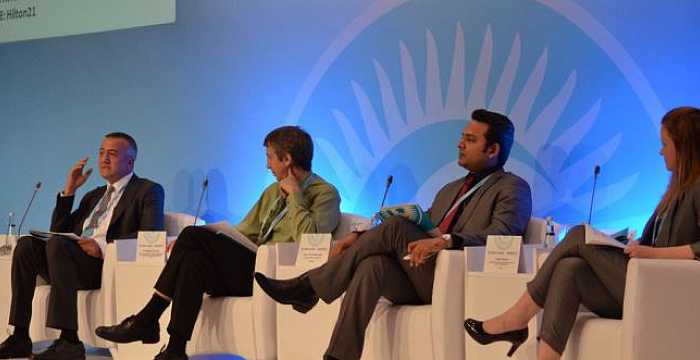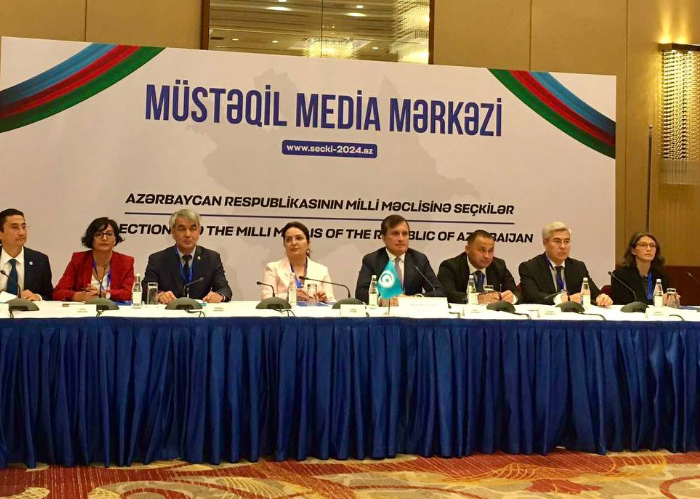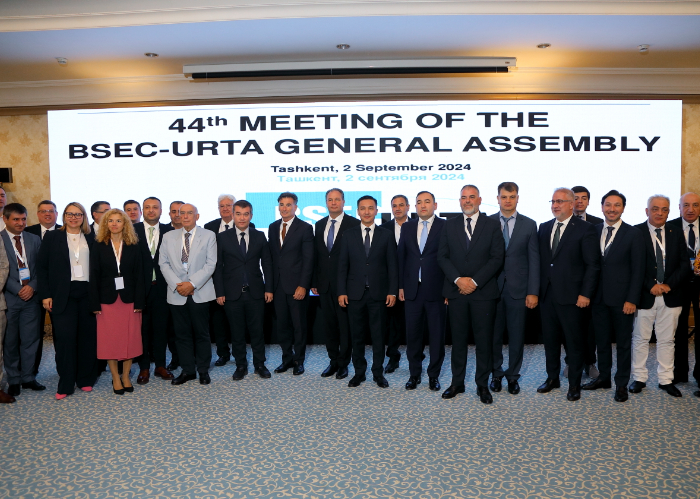Among the panels organized within the Conference on the Role of Youth in Preventing and Countering Violent Extremism, on 20 October 2016 the Panel II under the theme “Mapping the Acts of Violent Extremism and Phenomenon of “Foreign Terrorist Fighters” took place under moderation of Prof. Hasan Ali Karasar, Atılım University. The panelists were: Dr. Sebastien Peyrouse, Research Professor, Elliott School of International Affairs, George Washington University, USA; Asst. Prof. Khuram Iqbal, National Defense University, Pakistan; Camilla Bognoe, Counter-Terrorism Officer, Transnational Threats Department, Action against Terrorism Unit, OSCE.
The panelists noted that in the last decade Preventing and Countering Violent Extremism (P/CVE) and issue of Foreign Terrorist Fighters (FTFs) gained increasing traction among state actors around the world. The violent extremism is no longer associated only with individual terrorist attacks, but also with conflicts that have caused tens of thousands of deaths and injuries. In this respect, UN Security Council has adopted important resolutions with the strong support of overwhelming majority of its members calling on all UN member states to ensure increased border security and to screen for or arrest FTFs travelling to or returning from conflict areas.
In this Panel, speakers basically focused on certain manifestations of violent extremism and the phenomenon of FTFs taking place across the globe and particularly in Central Asia, South Asia and the OSCE region, and measures taken against them. As a new reality affecting our lives, FTFs traveling from different parts of the world to join the ranks of terrorist organizations attract much attention of the security networks of the states. This Panel aimed to open a window to analyze the underlying motivations of the youth who are associating themselves with a faraway terrorist group, as well as to shed light on basic psychological, social, economic and political drivers pushing the young people into the clutch of such organizations. Panel further discussed the role of social and new media in young people’s engagement with violent groups.
Even though, young people coming from financially poor background, unemployed and uneducated are mainly those who are influenced by the extremist ideas, there are people who do not share the same background. It was also highlighted that definition of radicalization as a term is very important, as generally it is confused with the term violence. Hence, education should be also considered as one of significant instruments in P/CVE and youth should be seen as part of the solution, not the problem.
In countering terrorism it is significant to ensure secure environment in the region, as analyzing establishment of the ISIS one of the main reason of its growth in the region was propitious security situation for its further advance. In addition, establishment of efficient system of rehabilitation for FTFs is significant instrument to P/CVE, as most FTFs are afraid to return to their countries due to fear of prosecutions and even more repressions.











